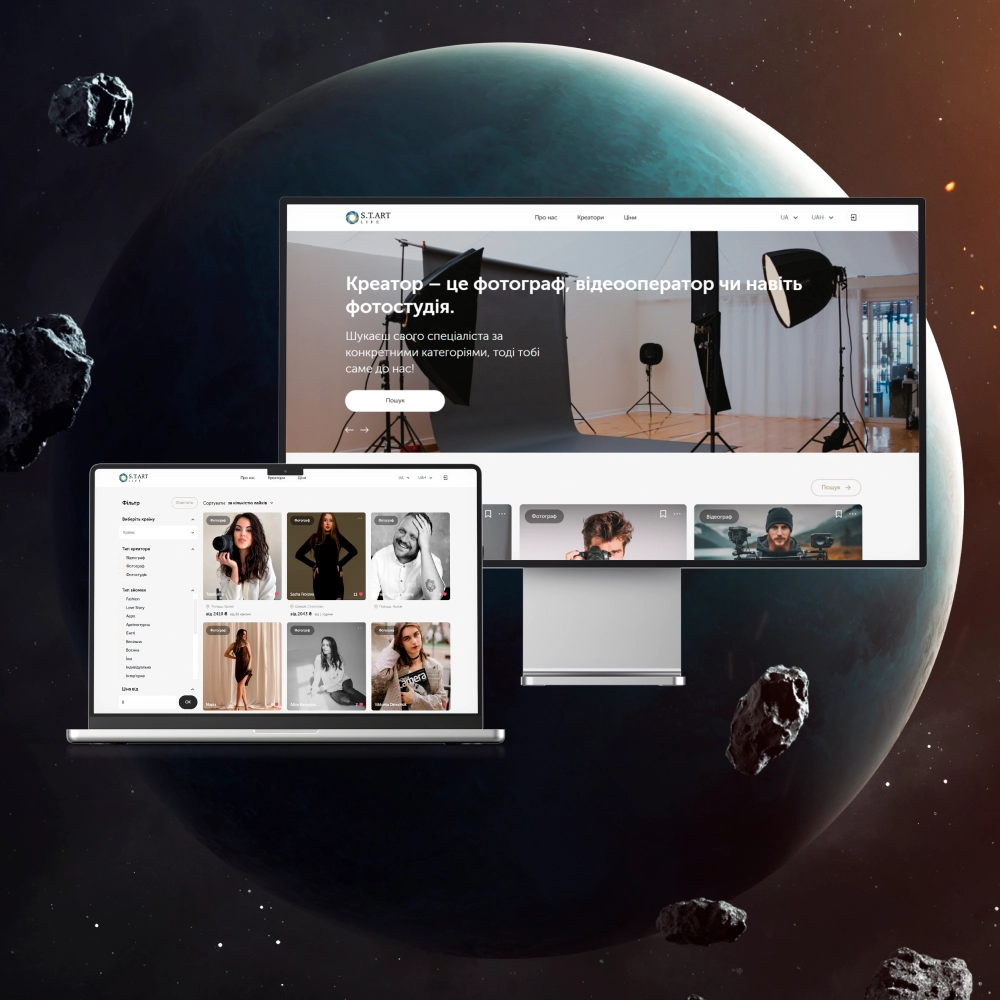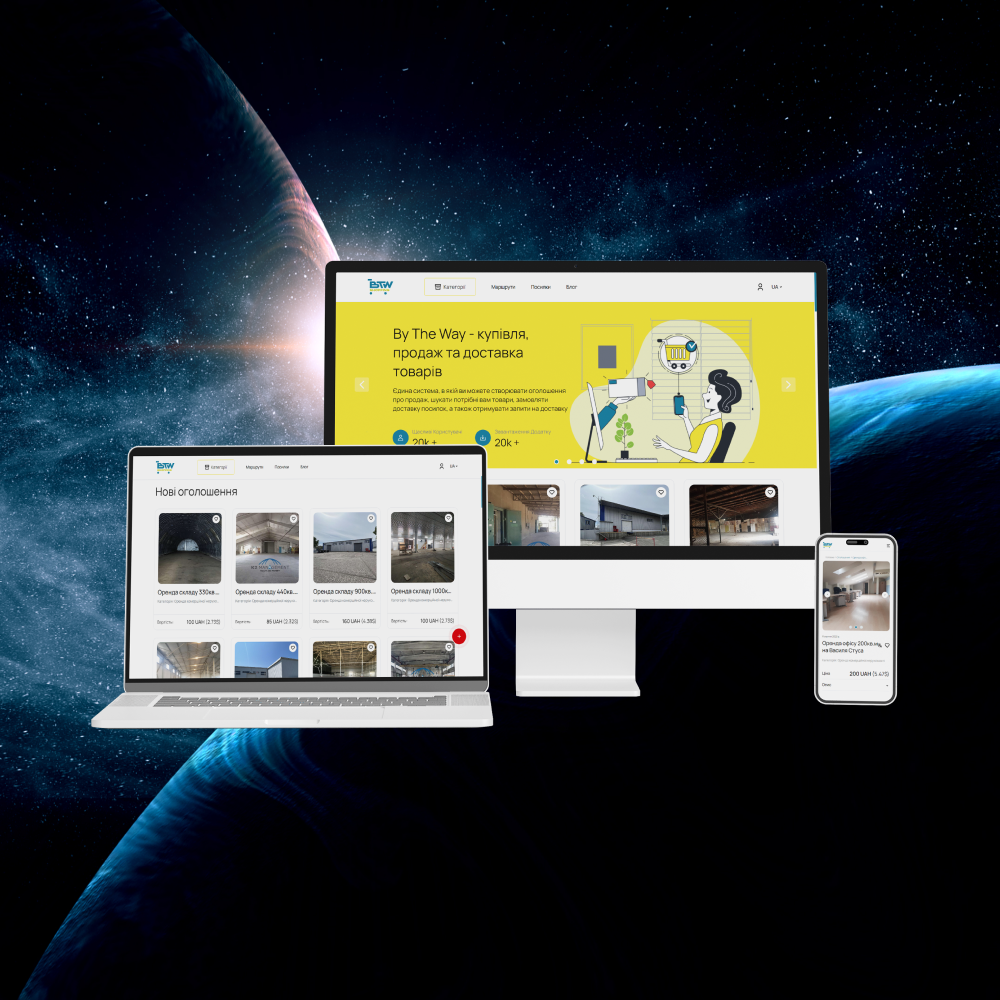Narrative Design
Narrative Designer
Who is a narrative designerNarrative Designer Who is a narrative designer
The narrative designer works on the narrative of a video game through text, images, sounds, and game mechanics. Unlike the screenwriter, he does not write the story itself. His main task is to create a perfect balance between story and gameplay, and to avoid so-called cognitive dissonance, that is, a sense of contradiction.
To make it even clearer, let’s look at a simple example. Let’s say that in a cutscene the main character says that he doesn’t like violence and tries to avoid it in every possible way, but a few minutes later he starts shooting at everything that moves. Such behavior is unacceptable. In a balanced game world, the story and mechanics constantly influence each other and adapt to their mutual needs, which makes it possible to build logically correct and deep virtual universes.
Types of narrative
Narrative typesTypes of narrative Narrative types
A narrative is an in-game story that the screenwriters tell the user, but in which the user is directly involved. There are two main types of narratives used in gamemaking – explicit and implicit.
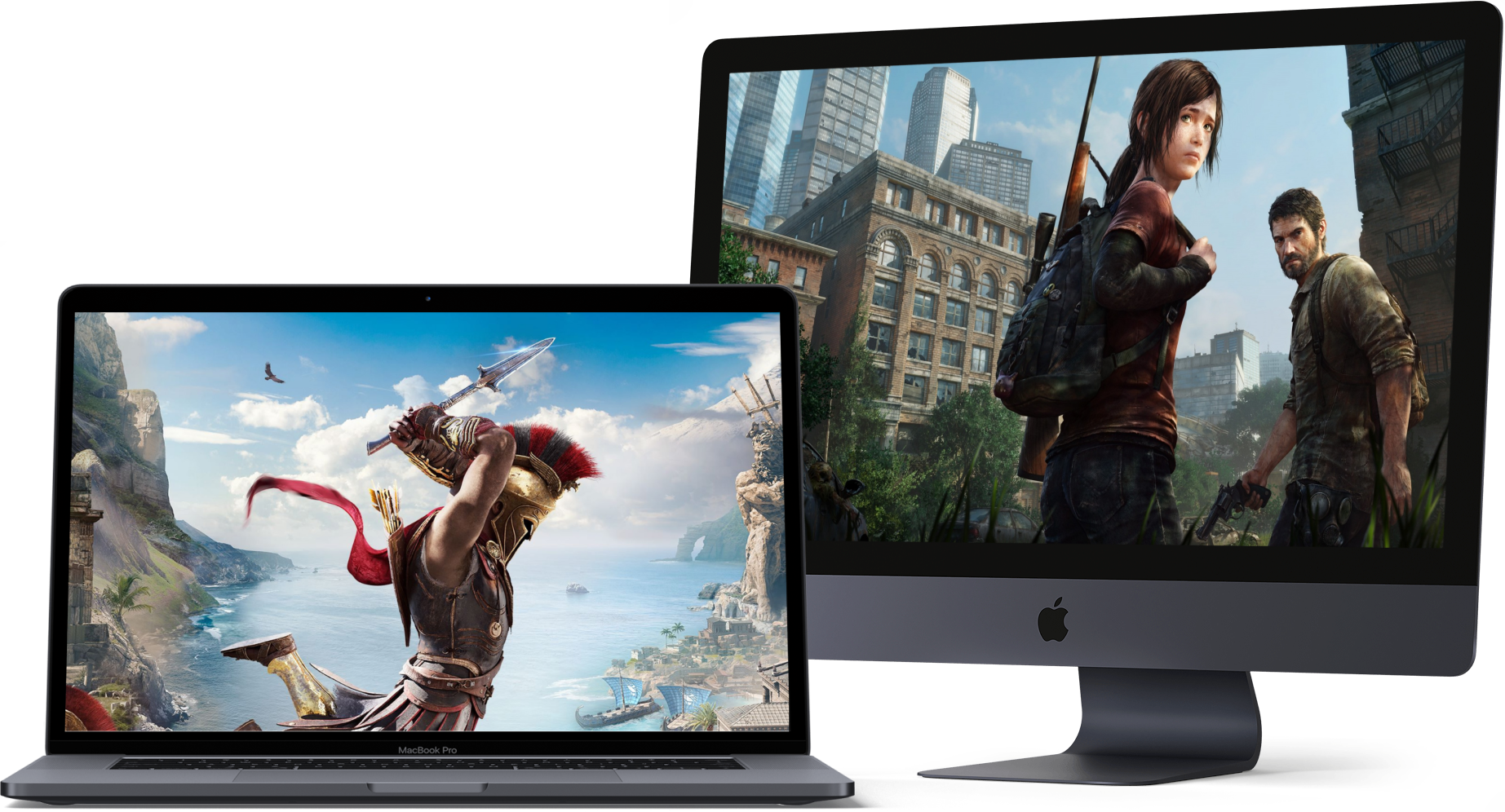
Explicit
You see how to playExplicit You see how to play
The explicit (visible) is what lies on the surface of the main narrative. This includes the stories of the characters and the world around them, the development of the storyline, the dialogue, and so on. That is, it is deployed in the details of the elements.
For example, in the popular game “The Last of Us” from Naughty Dog there is a story about a man, fighting with hordes of zombies in the post-apocalyptic world and trying to save a teenager from the sure death – it is the explicit part. And the implicit part is what the player experiences during the battle itself, in encounters with other survivors or dialogues with them. It is worth noting that even casual projects are rarely without an implicit narrative, even in simple sports simulations, there is often a lot of dialogue about the long-awaited victory and its importance.
In practice, though, for games with simple mechanics a separate narrative designer is seldom employed.
Ideally, narrative designers work with game designers to use gameplay and narrative to evoke real emotions in the gamer. This leads to the fact that the person does not think about his future move and is fully convinced that he acts logically, cleverly, and sometimes even unconventionally, although in fact, of course, it is prescribed in the game mechanics in advance.
Implicit
You feel how to playImplicit You feel how to play
Implicit (hidden) – formed by the player based on his personal experience, emotions and impressions of the game experience.
Some projects are more focused on the explicit narrative and put the main emphasis on the scenario, others, on the contrary, on the implicit one, such as Dark Souls 3, where the whole story is revealed through ambiguous hints in dialogues, scraps of notes and descriptions of equipment. Competently using these approaches the specialist stimulates the user’s interest in the gameplay and makes the gameplay exciting. An interesting solution can be seen on the example of the game “Portal”.
Here the gamer is taught from the first minutes to avoid the test cameras and to control the portal cannon by threatening death. As a result when the person gets to the level, the system offers him a reward for passing the training, but at the same time he tries to destroy him. Consequently, the player subconsciously seeks salvation and finds it in the form of the right platform, which brings the pleasure of having thought of it himself and being able to “outsmart” the developers. This situation could have been presented differently by the narrative designers, for example, providing the gamer with a lot of instructions and manuals to study, which in the end would have killed any interest in the project.
Trends in narrative design
Narrative trendsTrends in narrative design Narrative trends
Linear and scripted gameplay, which is actively used in cinematography, is gradually becoming a thing of the past in the game industry and is almost never used in new projects. It is being replaced by new formats that are based on the player’s freedom of action and an open world.
Modern narrative designers build gameplay so that each user can write his own, unique story of what is happening. Starting the game from the beginning, one actually takes a blank slate and begins to explore the world as if one were in it personally.
For example, in Ubisoft’s “Assassin’s Creed Odyssey”, the player appears in an unknown place and at the beginning does not even know where he is.
Living through different situations he can make his own decisions, choose allies, enemies, places to travel and much more. No matter what the gamer has done, further events develop naturally and logically, without any inaccuracies and nudges.
Together, this allows a person to feel like a real decider of fate and history, rather than a puppet in the hands of the scriptwriter.
This format of presenting a story is called “evolving narrative,” and lately it has been gaining more and more popularity.
Where to order the creation of narrative design
GameDevWhere to order the creation of narrative design GameDev
Developing a game with an engaging narrative requires deep interaction between the narrative designer and the entire team involved in the production process – game designers, artists, animators, programmers, and other specialists. This makes it possible to create a harmonious gameplay in which every detail is thought out.
AVADA MEDIA has extensive experience in the game industry and will help you with the implementation and launch of your own game project. We work with most popular platforms and can get involved in the production process at any stage. To find out more, write to us by filling out the feedback form.
Fresh works
We create space projectsFresh works
The best confirmation of our qualifications and professionalism are the stories of the success of our clients and the differences in their business before and after working with us.
Our clients
What they say about usOur clients What they say about us
Successful projects are created only by the team
Our teamSuccessful projects
are created only by the team Our team
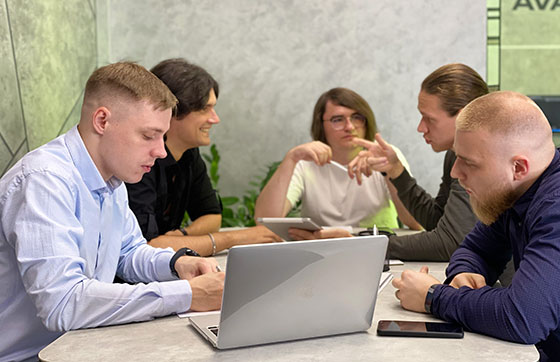

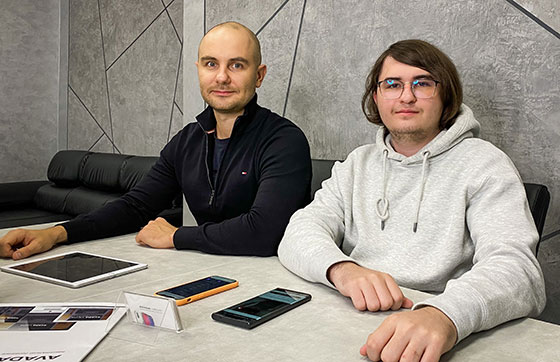
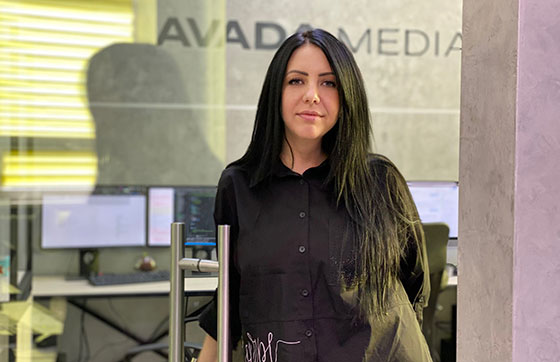
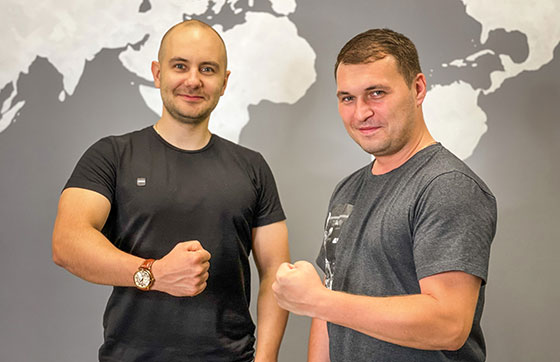





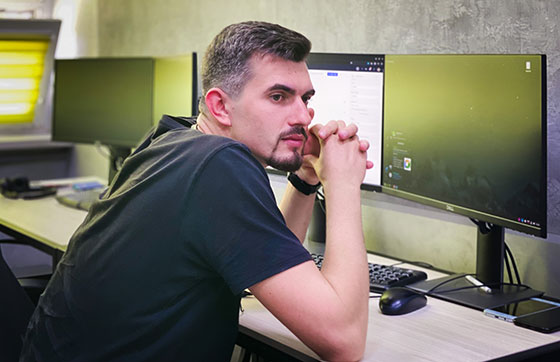
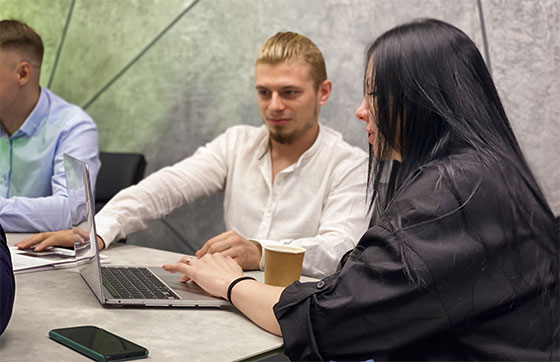
Contact the experts
Have a question?Contact the experts Have a question?
-
Phone:+ 38 (097) 036 29 32
-
E-mail:info@avada-media.com.ua
